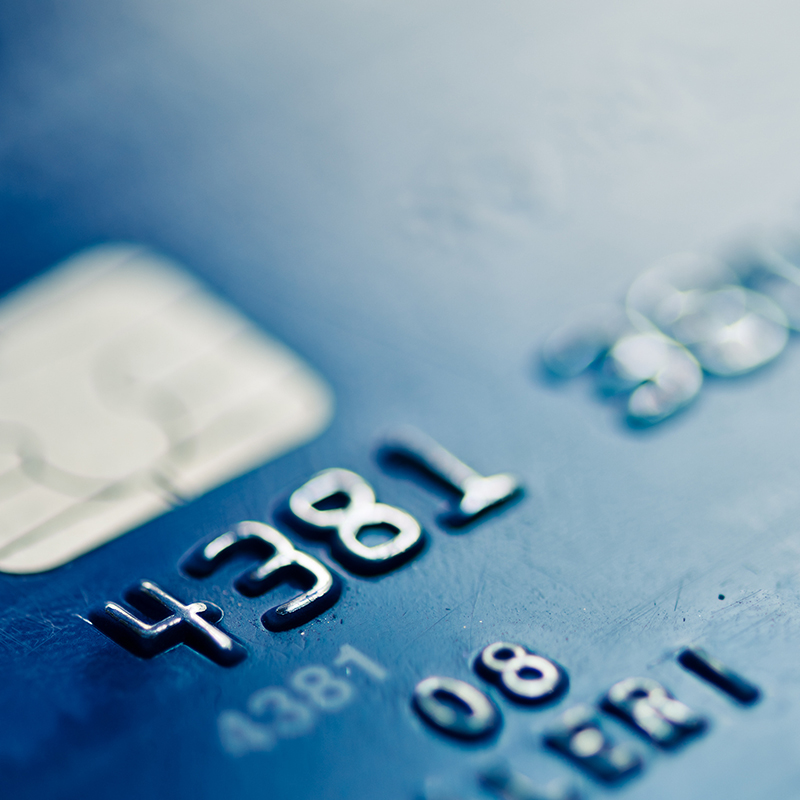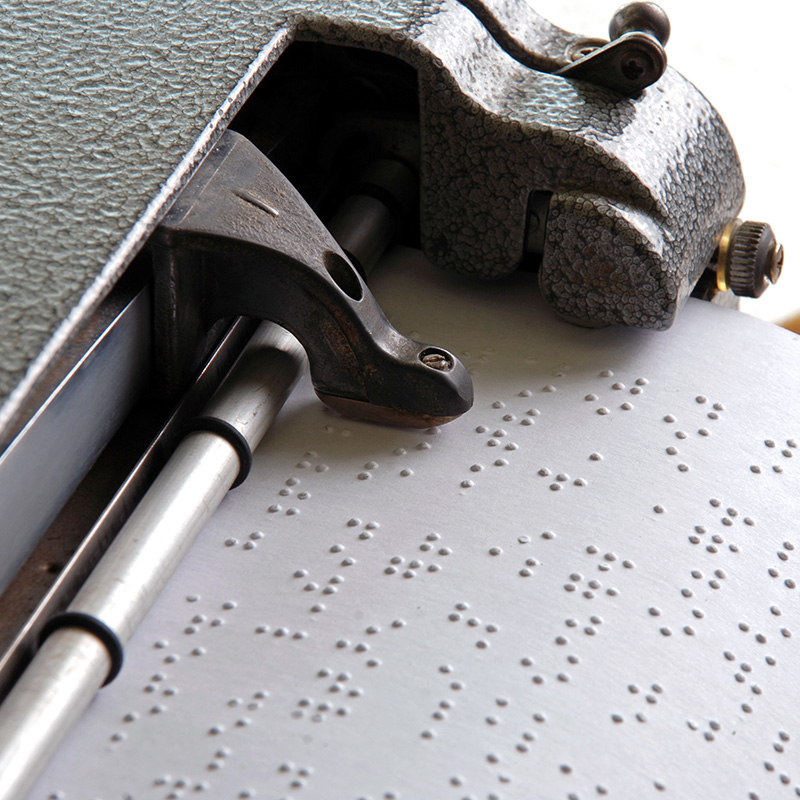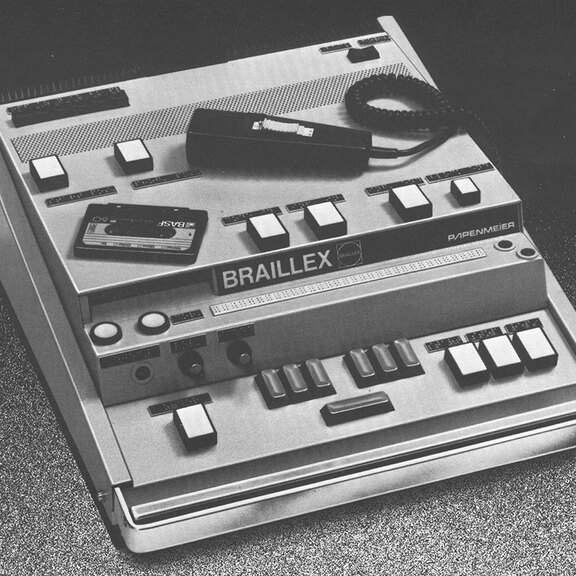In 1984, Friedhelm Hillebrand, who had graduated as a communications engineer, developed a concept for a short message service. He defined its length as 160 characters. In the same year, Finnish engineer Matti Makkonen also proposed using the unused capacities of the mobile communications network for protected text message communication. The standardization efforts of the European telecom companies provided the background to this. Three years later, the conditions in mobile communications were ripe for SMS: in 1987, the European network operators agreed on the parameters for the GSM standard. A special working group was set up, which also included the Norwegian Finn Trosby and Brits Kevin Holley and Ian Harris.
The SMS: 160 characters for one message
The first version of the final standard was adopted in early 1989. At that time, most of the European telecom providers were still state-owned. They were won over by the new technology: “The risk was very low. All the providers needed was a server, and equipping the cell phones was easy,” said Friedhelm Hillebrand in a 2012 interview with the newspaper Bonner Generalanzeiger. What’s more, SMS was a particularly inexpensive technology – which may also explain its success in the mass market. Text messages have been influencing social interaction since the 1990s. To make full use of the messages, which were originally limited to 160 characters, emoticons were used.
Today, smartphones and their free instant messaging services like WhatsApp have overtaken the traditional SMS. But they are still used today, especially to legitimize transactions in online banking. SMS messages still have the advantage that users do not need an internet connection and do not have to register with a third-party provider.
(Header: carballo – AdobeStock.com)







